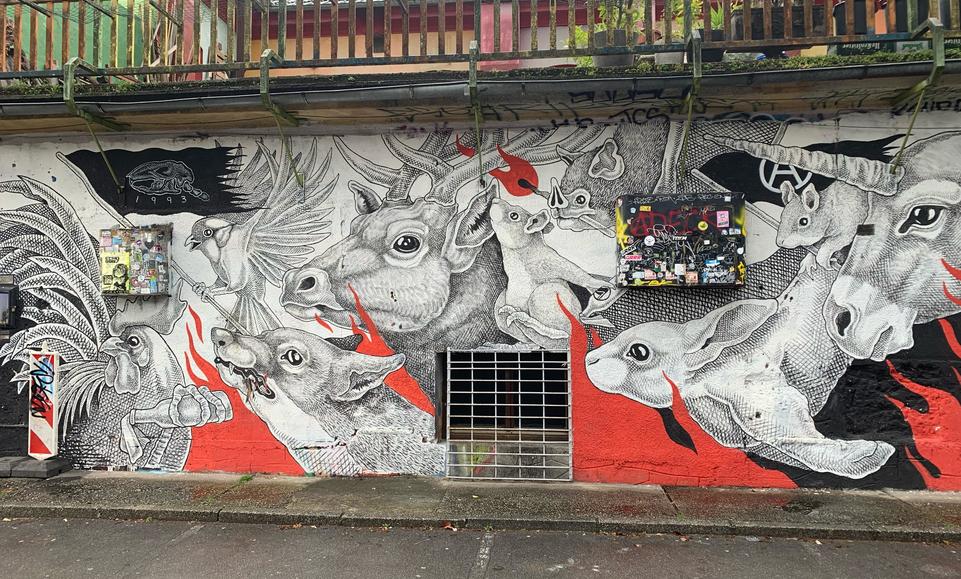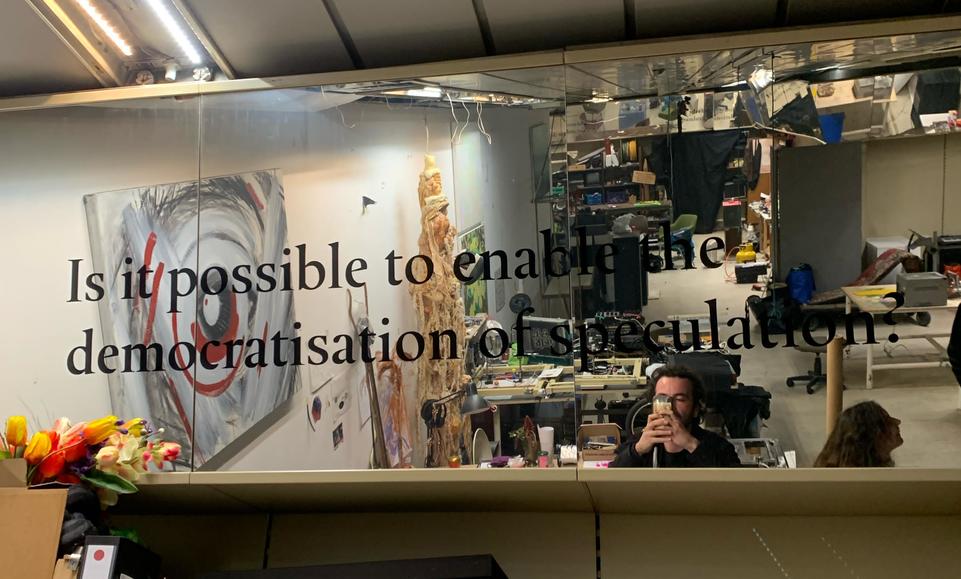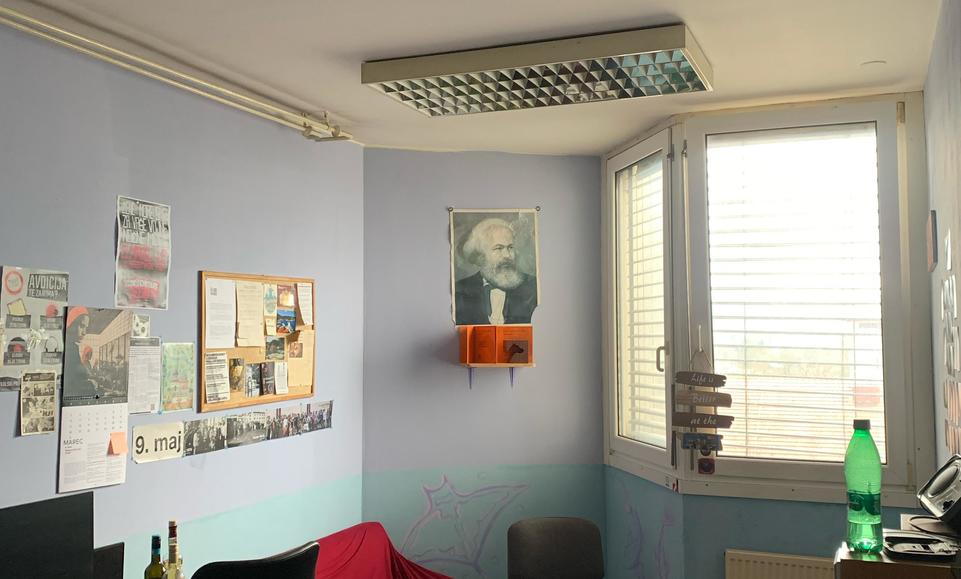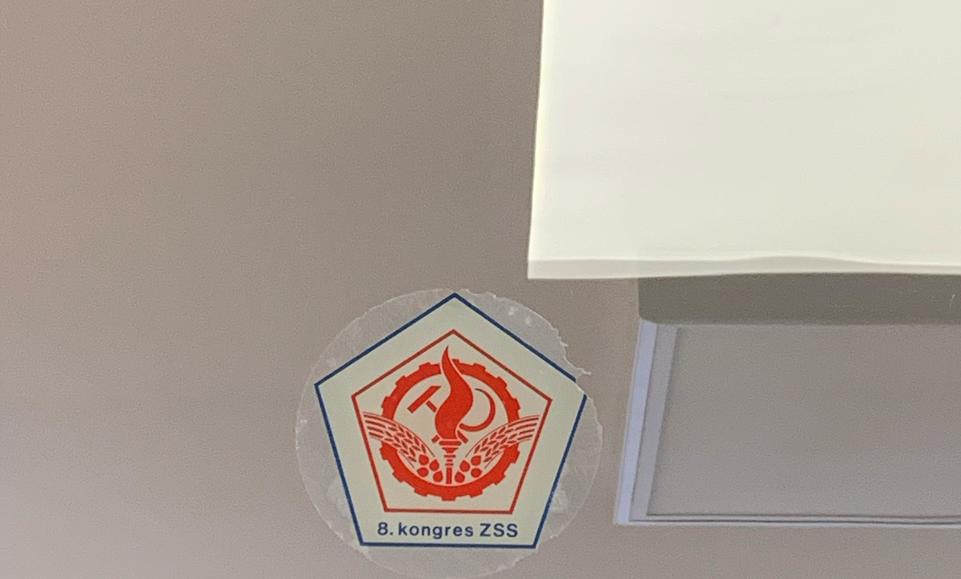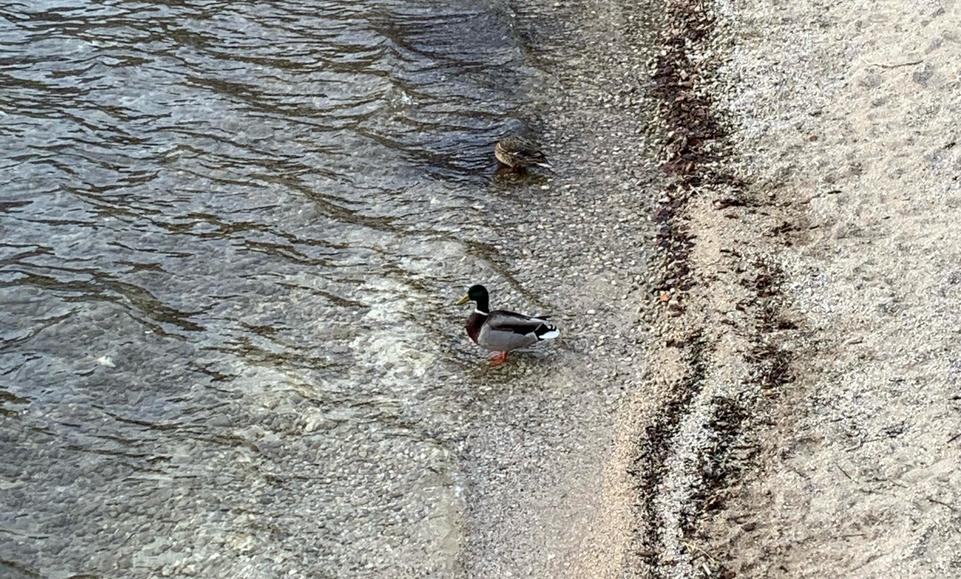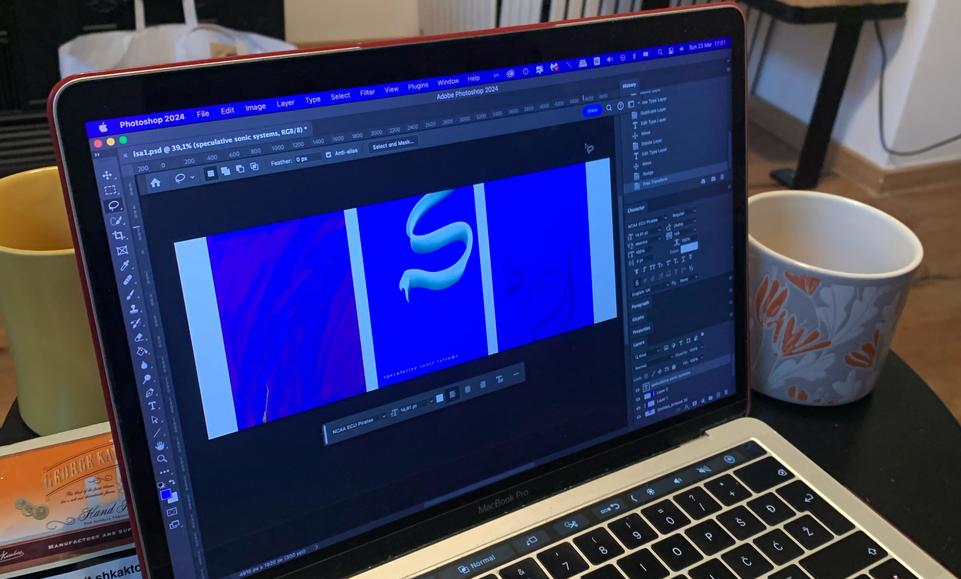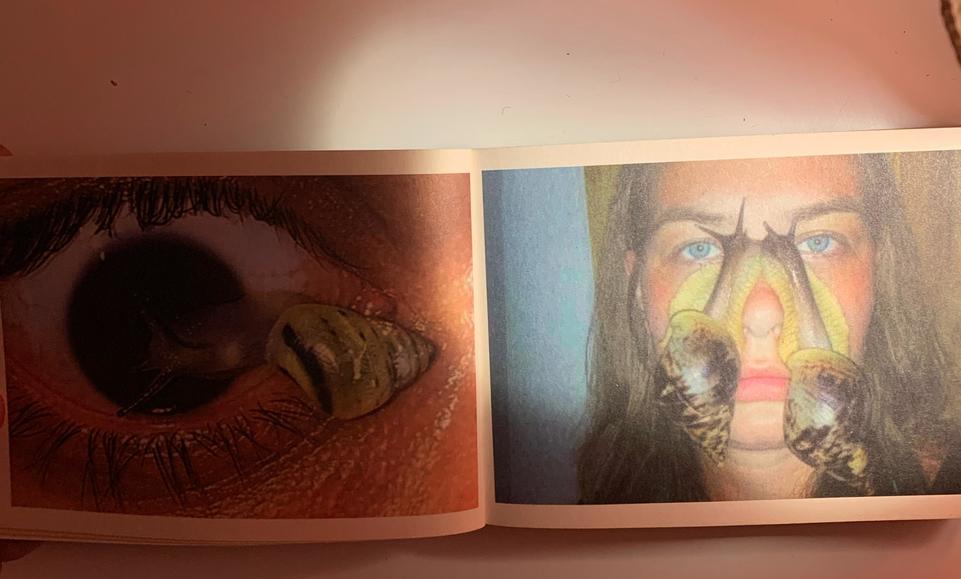It’s been three weeks since I arrived in Slovenia, drifting through its landscapes—both natural and cultural. I’ve been carried by the currents of rivers, dancefloors, exhibitions, gatherings, and meetings with key figures of the independent scene. From the conversations I’ve had, it’s clear that these seedlings of the independent cultural movements emerged long before, taking root in the late '80s and early '90s—a fascinating point of comparison with the scene back home.
This experience has been dynamic, intense, and beautifully dispersed. Beyond the urban pulse of Ljubljana, I’ve found myself in mountains, by scenic lakes, and along dreamy coastlines, all of which add layers to my understanding of this place. The city itself feels open, welcoming, and remarkably well-kept. For its relatively small population, it offers so much to those who seek to explore and connect.
One of the things I love most is moving seamlessly through the city by bike, leaving it anywhere without worry. The infrastructure here is human-friendly, making it effortless to go from one venue to another, from one neighborhood to the next, or simply cross the river—all without the chaos and intrusion of cars. Unlike many cities where public space has been hijacked by vehicles, Ljubljana feels designed for people.
By its scale, character, and the people who bring it to life, Ljubljana feels like a heterotopic landscape, open and forward-thinking. In contrast, Prishtina, a city wrapped in pollution, traffic, and a sense of disconnection, feels almost alien in comparison—longing for the same love, authenticity, and thoughtful urban design that make Ljubljana so uniquely alive.
